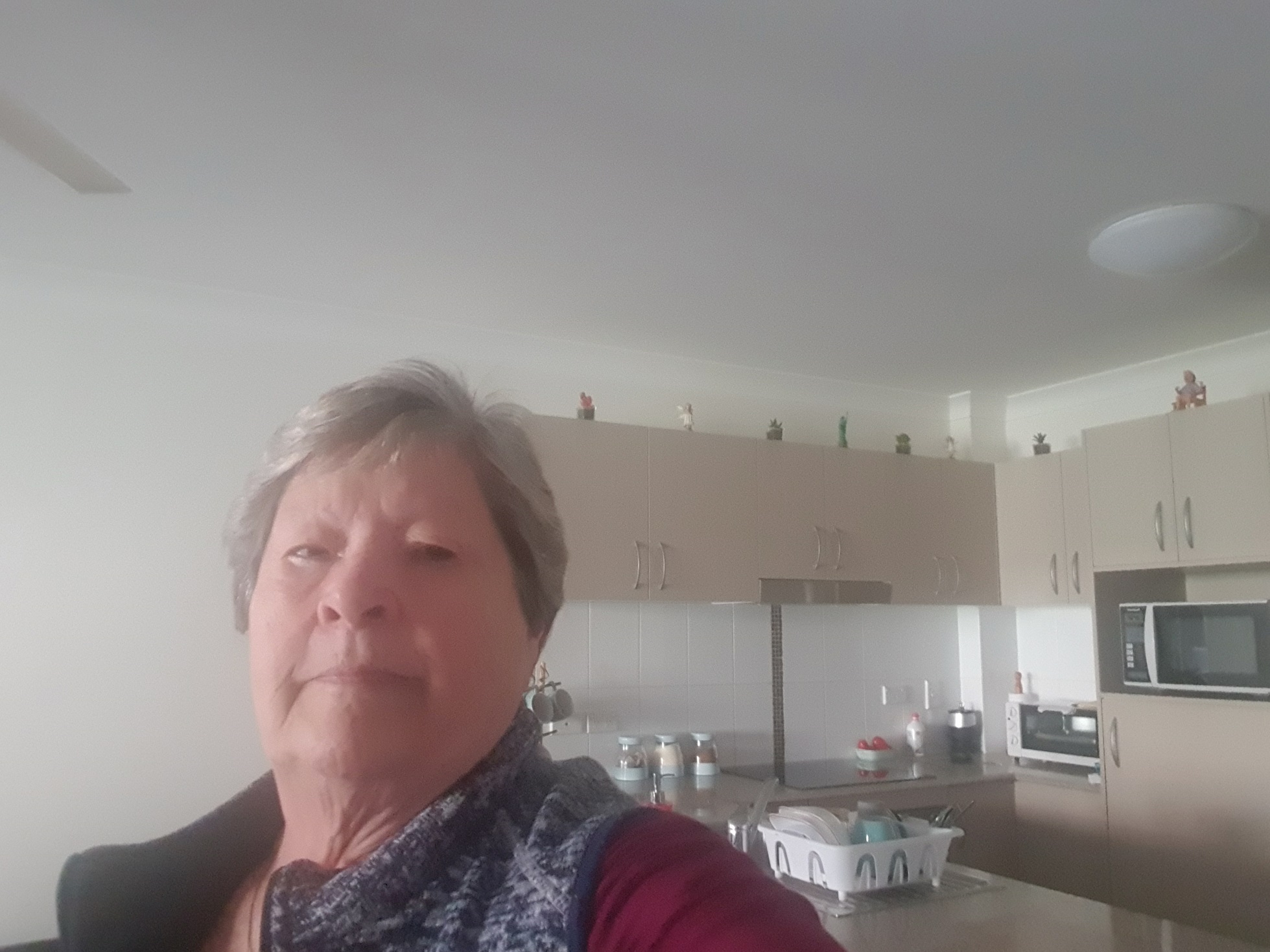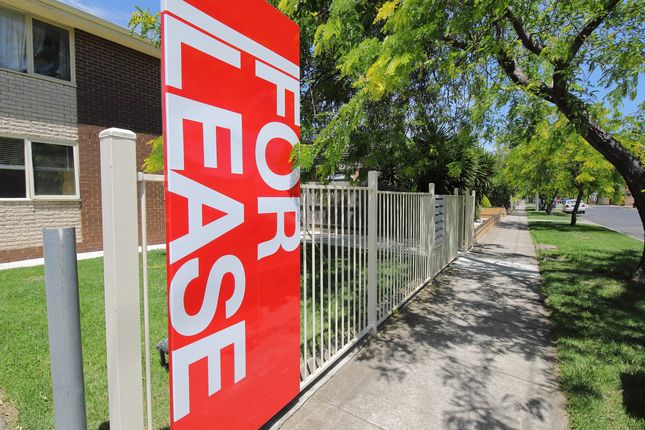22 October 2019
SPECIAL DOWNSIZING,COM,AU INVESTIGATION
Ten of thousands of vulnerable tenants are expected to be forced out of their homes over the next seven years, due to a bungled government scheme which created time-limited affordable rentals across Australia.
The National Rental Affordability Scheme (NRAS) was established by the Rudd Government in 2008 to stimulate the construction of new affordable housing during the global financial crisis.
Under the scheme, the government has subsidised the construction of 34,501 new dwellings which provide rent set at least 20 per cent below market value for ten years.
These dwellings currently house some 63,000 tenants, of which 14 per cent are aged over 55.
The problem is that, once the ten year subsidy period runs out, the low-income tenants are forced back into the private market, with no government transition process in place.
This is because the Abbott Government shut down the scheme to new developments in 2014 as a budget savings measure, and the Turnbull and Morrison Governments have also refused to extend it or create a program-specific transition scheme.
Some 816 of the affordable tenancies will cease to exist in July-December 2019, with a further 1,368 in 2020. The biggest impact will be in 2023, when 6,619 tenancies will end.
The final year that rental subsidies will be offered will be 2026, when 4,590 below-market tenancies will expire.

taken from a Department of Social Services dashboard
All up, 28 per cent of these affected dwellings are in Queensland, with the rest in NSW (16%), Victoria (16%), Western Australia (12%), South Australia (9.84%), ACT (6.6%), Tasmania (4%) and Northern Territory (3%).
Tenant ‘not told’ of time limit
Pam Schorr is a Downsizing.com.au reader who relies on the age pension because she has no superannuation funds.
Ms Schorr is currently renting a two-bedroom NRAS-subsidised apartment at Eagleby in Logan City in Queensland.

She pays $220 a week for the apartment, which she estimates would rent for around $300 if available on the private market.
Ms Schorr has been living in the apartment for two months, and will only be able to enjoy subsidised-rent status for another three years.
Ms Schorr had to move into the Eagleby apartment, after discovering that the NRAS subsidy on her previous Gold Coast apartment was due to expire in December 2019. She estimates this would have increased the rent from around $216 a week to $330 a week.
Ms Schorr said that, when she moved into the Gold Coast apartment, she was not told that the rental subsidy was going to end.
“I was not told originally it was time-limited, although knew it was NRAS-funded. There was also nothing in the rental agreement,” she said.
“Other tenants were told they had subsidised rent for life. A lot of people had the impression they would be able to live in the complex for as long as they wanted.”
Ms Schorr said it was disgraceful that the government had shut down the scheme, with no transition to support people move into social housing or the private market. She is asking for an increase in Commonwealth rent assistance to deal with the situation.
“This problem is Australia-wide and once this scheme totally ends there will be no affordable housing for seniors or low income earners as nothing has been put in place to replace this,” Ms Schorr said. “I am aware of hundreds of people who are already in the same situation as me or who will be in the near future as NRAS is Australia wide.”
“As we come to the end of this scheme there will be more and more people unable to find affordable housing and will therefore become homeless.
“I and many other pensioners have worked all our lives, paid our taxes and raised our children and this is how the Government treats us.
“We found ourselves in situations that we never thought would come about such as becoming divorced and being on our own.”
Government response
Ms Schorr wrote to Prime Minister Scott Morrison in October 2018, asking him to take action.
In response, she received a letter from a bureaucrat in the Department of Social Services, who stated: “While I am sympathetic to tenants impacted by the exit of the NRAS scheme the Australian Government does not have a role to play in finding alternative accommodation for NRAS tenants once the 10-year incentive ends.”
Downsizing.com.au received a similar reply from a spokesperson for Anne Ruston, Minister for Families and Social Services.
“The National Rental Affordability Scheme (NRAS) has closed to new entrants, NRAS will continue to operate until June 2026 with properties progressively exiting as their 10 year timeframe for incentives ends. This has always the intention of NRAS and part of the Labor Government’s original design in 2008,” the spokesperson said.
“Once the incentives expire ongoing tenancy arrangements are a matter to be discussed between tenants and the investors that own the properties.
“18,482 of the 34,501 active allocations (as at 30 June 2019) are held by approved participants who are endorsed charities who are likely to continue to offer affordable housing solutions.
“Commonwealth Rent Assistance is available for eligible tenants.”
The spokesperson did not address our question as to whether it was appropriate tenants were not being told their subsidised tenancies were time-limited.
Should the scheme continue?
There is an ongoing debate as to whether it is appropriate to continue the scheme, which is expected to cost the government $3 billion by 2026.
The Grattan Institute, in September 2019, published research which found that the NRAS scheme was basically a waste of taxpayers’ funds.
“NRAS was expensive, inefficient, and poorly targeted. Other policies, such as investing in social housing and increasing Commonwealth Rent Assistance, are better ways to help low-income earners cope with high housing costs,” the research found.
The Grattan Institute found that NRAS developers receive about $11,000 in government funding each year, when the rental subsidy is worth only $4,000 a year - giving these developers a windfall gain of $7,000 a year.
The ALP proposed, as part of its 2019 election platform, to extend the NRAS scheme, but failed in its election bid.
My view
The concept of time-limited affordable tenancies was, from the outset, a bad idea. Tenants were, not surprisingly, likely to complain enmass when they were forced into the private market as their subsidised rent period came to an end.
This bad idea has been further compounded by the current Coalition government’s refusal to expand the scheme, or create transition arrangements.
Irrespective of the scheme’s merits, it’s appalling that tens of thousands of vulnerable renters are being put in this position. Some 78 per cent of NRAS tenants are located in major cities, where affordable alternative accommodation is the hardest to find.
The time has come to find a better solution to this issue.
This could be through developing a clear pathway for these tenants into social or community housing, or skills training for tenants of working age to allow them to find enriching and fulfilling employment which supports market rent.
By Mark Skelsey, Editor of Downsizing.com.au


